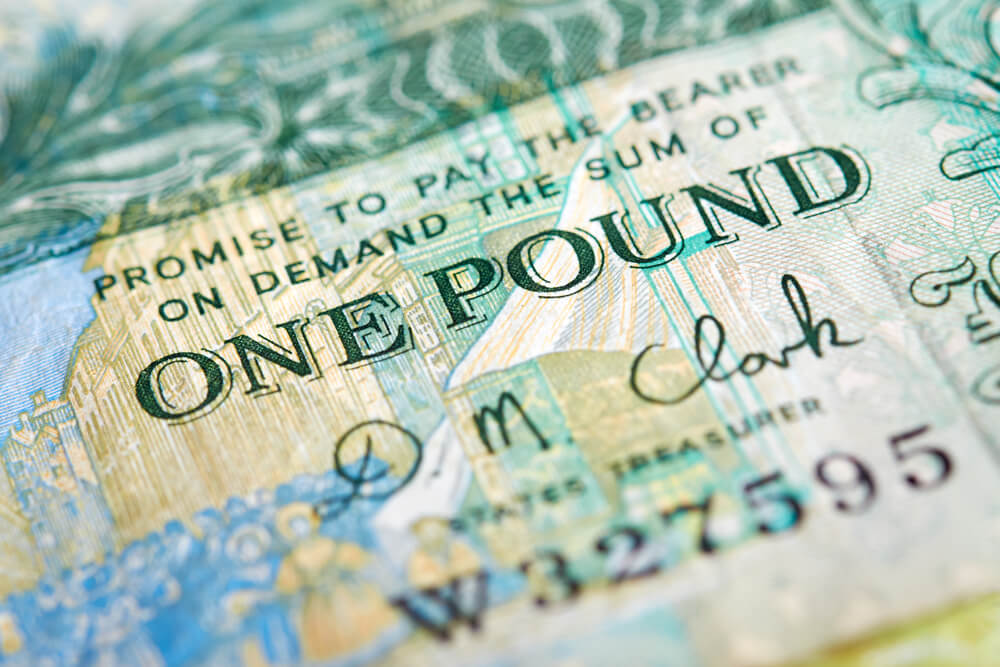On Thursday, July 1, the exchange rate of the Pound U.S. Dollar (GBP/USD) fell as the U.K.’s gross domestic product contracted.
In addition, the country’s Manufacturing Purchasing Managers’ Index missed market expectations.
The pair is now trading at an 11-week low of $1.34464 which tumbles over a cent against its highs at the start of this week.
The Sterling (GBP) might face a robust twist throughout the rest of the week. It is due to inflation and concerns that weigh on the currency in the absence of any upcoming data releases.
An analyst stated that the one factor that could pressure GBP/USD is the ending of the U.K. government’s furlough scheme, which started to tremble today. He added that when the scheme was phased out, the costs which keep on furloughed employees would be transferred to their employers.
The Institute of Fiscal Studies (IFS) has already raised concerns that this could lead to a sharp drop in income for thousands of workers. It is expected to happen as employers are reacting by making redundancies.
Another thing that weighs on the GBP is the comment of the Bank of England Chief Andy Haldane. He has warned about the United Kingdom’s rising inflation, stating that he believes that this is the most dangerous moment that inflation-targeting has faced so far. In addition, he urged his colleagues of policymakers to consider tightening monetary policy.
As a response, BOE Governor Andrew Bailey stated that the central bank’s dovish view on the current hike in inflation is just temporary, which contributes to the decline of GBP.
Traders are worried about seeing the GBP/USD drop by the end of the week since there are no forthcoming data releases to support the British currency.
USD Rise on Jobs Data
Furthermore, analysts forecasted that the USD could strengthen further in the next two days if the U.S. jobs data turned positive.
An analyst said that the U.S. initial jobless claims are expected to show a continued drop in the unemployment rate.
While the ISM Manufacturing Purchasing Managers’ Index is set to stay over 60 which points to a fast recovery in American factory activity.
If both of these releases met the spectators’ expectations then it could extend the rally of the USD.
The big data of the non-farm payrolls would be on Friday, which is projected to show that the U.S. economy added 700,000 jobs last June.
















